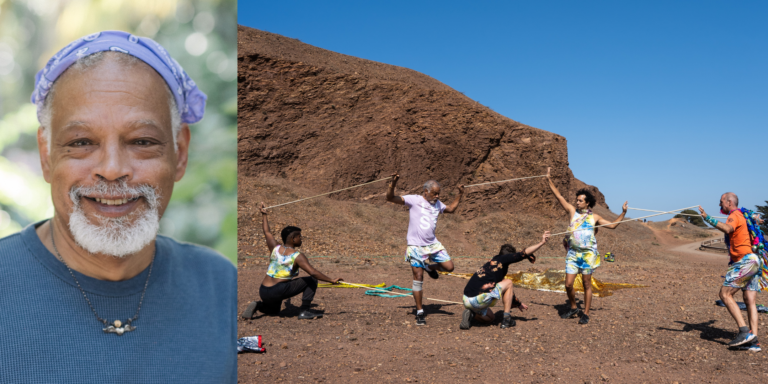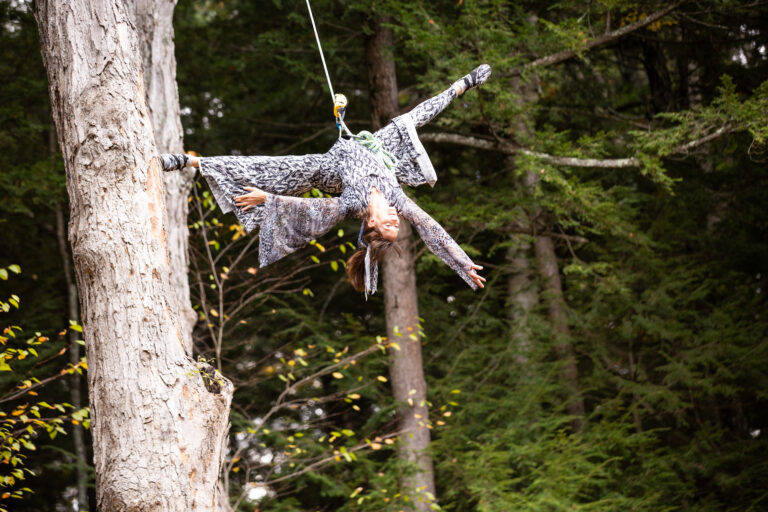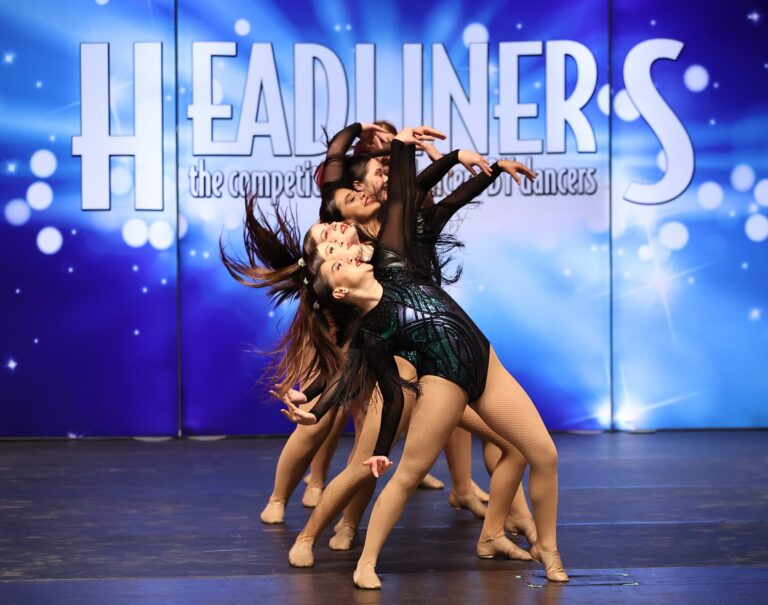
Dancing can do great things for your body. But science is increasingly exploring the many ways it’s also good for your brain. A recent study showed that dancers’ brains react to music even faster than trained musicians or other people. The author of the dissertation, Hanna Poikonen, observed brain activity in all three groups while they watched dances and found that expert dancers were the quickest to respond to rhythmic changes. She believes creating movement to sound could affect how your brain hears music.
Even among dancers, however, there is wide variation in musicality. Some of your students might be naturally musical, while others might struggle a bit more. But whether or not a dance student possesses this mysterious quality, musicality is an essential skill that can help any dancer perform their best and move forward in their training and career.
There are many definitions of musicality, but teachers know it when they see it. A musical dancer gives the audience “more to look at in the same amount of music,” says master teacher Finis Jhung. “That’s one of the tricks of musicality – using your entire body at every moment to make the most of the music.”
His own career as a dancer, performer and teacher spans more than 60 years, and includes appearances on Broadway and dancing in major companies like the San Francisco Ballet and the Joffrey Ballet. Nowadays Jhung is a renowned dance instructor, teaching professionals and adult beginners in New York City. He has also created dozens of instructional videos to inspire dancers of all levels.
So can you teach musicality? “Absolutely,” he says. “Whether it’s to learn to pirouette or learn to jump or learn to be musical or learn artistry—it can all be taught. All you need is a passion to learn and a brain and a body.”
In his view, students often haven’t been exposed to different types of music. “Especially today, a lot of people never listen to classical music so they don’t hear it,” says Jhung. But dance students can train their ears outside of class. Those who play an instrument can apply what they learn in the dance studio, for instance. Even listening to music during the rest of their non-dance day can help your students.
In the classroom, Jhung wants his students to think about the music as well as the steps. “The music has to guide them, but it also challenges them,” he says. Together with composer Scott Killian, he created a series of CDs specifically to help students hear the subtleties of sound. “They like the music because it’s slow and quiet and it’s orchestrated, so it’s not just piano.”
He also uses clapping, counting, even visualization. “I’ll give them images. I’ll say, ‘when we do this exercise you have to imagine you’re swimming in the water.'”
It may not all come in a 90-minute class, however. It takes patience to develop the strength, balance and control required to create beautiful movement.
The secret to musicality really comes down to solid technique, says Jhung. “You have to show the music. It’s the way you phrase the movement to it,” he says. “That’s what allows you to play with the music. That’s the magic.”



